Since ancient times, the people of Thang Long have been proud of the specialty of the lotus with large flowers and an incomparable fragrance. Lotus is closely associated with the cultural and spiritual life of the Vietnamese people, and Tay Ho lotus is also used in cuisine with lotus tea and lotus dishes.

There was a time when the area for growing lotus was reduced. Now, with new awareness, the area for growing lotus is increasing. Lotus is not only an important element in the development of cultural industry but can also be considered one of the typical images of the capital.
Lotus leaf revival
Thuy Su Pond is one of the most famous lotus ponds in West Lake. But there was a time when the water was polluted, and the lotus species that love purity could not grow. For several seasons, Thuy Su was without pink lotus flowers, without the fragrant scent that wafted far and wide. Now, looking at the waves of lotus leaves swaying in the wind, the pink lotus flowers peeking out, many people around West Lake could not help but be moved.
The lotus flower began its revival process in early spring 2024, when the People's Committee of Tay Ho district coordinated with the Central Fruit and Vegetable Research Institute and the Hanoi Agricultural Extension Center to implement the project "Building a model of lotus production associated with developing ecotourism according to the value chain in Tay Ho - Hanoi".
Technical experts and local people had to clean up the mud. Next, the trial planting of the lotus took place amid the anxiety of the growers. After a period of environmental change, it is very likely that the lotus will not adapt.
Ms. Tran Thi Thuy, one of the households participating in the project, shared: "At first, we planted a small amount. If the lotus did not grow well, we would have to plant another variety. But fortunately, the lotus sprouts grew very well, so we planted them en masse. This is only the first "fortune-telling" lotus crop, but the lotus has grown quite beautifully and can already be used to make tea."
Although the lotus flowers are not as big, the petals are not as thick, and the color is not as bright as the previous hundred-leaf lotus, it still satisfies the expectations of the people of Tay Ho. A short distance away, in Dau Dong lagoon (Nhat Tan ward), the lotus flowers also grow strongly, showing off their brilliant pink color. The total area of the project is currently over 7.5 hectares.
It is difficult to confirm when the first lotus plants "settled" in West Lake. But for a long time, Hanoians have been proud of the hundred-petal lotus variety in this place with the song: "Here is gold, here is black copper/ Here is the morning glory flower, here is the West Lake lotus".
Scientists also acknowledge that the lotus in West Lake is a lotus variety with many valuable characteristics. For many people in the West Lake area, the lotus tree and lotus flowers have become friends.
Mrs. Ngo Thi Than (Xuan Dieu Street, Quang An Ward, Tay Ho District), the heiress of the lotus tea-perfuming profession of Mrs. Nguyen Thi Dan - an artisan who turns 100 this year and has spent her whole life devoted to lotus and tea, began the story about lotus in a way that no one expected: "When a new lotus bud emerges, there is always a leaf protecting it. Gradually, the lotus bud becomes stronger, growing higher than the lotus leaf, and then the bud begins to flower. We have been attached to the lotus plant since childhood, everyone has memories of the lotus." Only by being attached and observing very carefully can one clearly recognize each moment of the lotus plant's development like that.
Vietnamese people are attached to lotus trees and lotus flowers in many aspects: culture, spirituality and life. Particularly for Hanoians, the hundred-leaf lotus has also entered the culinary culture as the most delicate and elegant feature. Lotus is picked very quickly so that its fragrance does not fade, then people pour the essence of heaven and earth in each lotus flower into cups of tea with the lotus tea brewing profession.
Lotus growers along the West Lake in the past not only "stored" lotus in the old town to serve the capital's people to make tea, but also hand-scented the "first tea of all time". It takes more than 1,000 hundred-leaf lotus flowers to make 1 kg of tea, and it has to go through seven times of "fragrance" with elaborate and complicated steps. "Tea scented with lotus rice is the color of cockroach wings, after several drinks, the tea is still fragrant. Fragranced with flower tea is a new way of scenting, putting tea in lotus flowers and tying them up, the scent is absorbed directly from the lotus flowers into the tea, so the tea water is more similar to the original color, the tea flavor is stronger, but the lotus scent is also lighter. We take hundred-leaf lotus flowers from even the ponds on the outskirts of the city to scent tea, but the lotus from the West Lake is still the best, the tea is more fragrant", Ms. Ngo Thi Than shared.

Positioning a cultural-tourism brand
Nowadays, the lotus species is not only grown in Tay Ho but also propagated and developed in many different districts in Hanoi such as: Bac Tu Liem, Me Linh, Chuong My... with a total area of up to hundreds of hectares. However, Tay Ho lotus still has its own position.
Vice Chairman of the People's Committee of Tay Ho District Nguyen Thanh Tinh shared that the proudest thing about Tay Ho lotus is that it has contributed to the formation of the unique cultural beauty of Hanoians, especially the hobby of enjoying lotus tea. Currently, in the district, there are 129 people working in the tea-fragrance profession, mainly concentrated in Quang An Ward, with nearly 100 people capable of teaching. Tay Ho is also the largest lotus tea center in the country, with an output of 600-800 kg of dried lotus tea each year, not to mention tens of thousands of lotus-fragranced tea products supplied to the market.
The beauty of West Lake lotus is also remarkable because it is located in a harmonious whole with the sky and water of West Lake - the most famous landscape of the Capital, with a series of relics and cultural heritages around the lake. That is Tay Ho Palace, the place associated with the meeting between Trang Bung Phung Khac Khoan and Mother Lieu Hanh in a time when the Holy Mother descended to earth. That is Kim Lien Pagoda - a unique architecture, worthy of being the "golden lotus" by West Lake. That is a series of ancient craft villages: Dao Nhat Tan, kumquat Tu Lien, sticky rice Phu Thuong... and also the lotus tea brewing profession for generations of people in Quang An ward.
Associate Professor Bui Hoai Son, Standing Member of the National Assembly's Committee on Culture and Education, commented: "Hanoi is promoting the development of cultural industry. We always hope that the unique cultural values of the capital will be exploited to develop cultural industry and tourism. Tay Ho can become the cultural industry center of the capital through exploiting unique cultural values in the area and promoting the Tay Ho lotus brand."
From this reality, Tay Ho district has realized the exploitation of the value of lotus through many different activities, most notably the Hanoi Lotus Festival and the introduction of OCOP products associated with the culture of the northern mountainous provinces in 2024, which was just held in mid-July 2024.
Hanoi is focusing on developing lotus as part of its strategy to restructure the agricultural sector in association with developing urban agriculture and tourism. But to do that, it must start with the lotus itself. Around West Lake, there are still 18 ponds, with an area of tens of hectares. Tay Ho District will "cover" the entire pond system with the color of the lotus. In the city, the total lotus growing area currently reaches 600 hectares. In the future, the lotus area will be increased by one and a half times, up to more than 900 hectares, of which the Tay Ho lotus is the lotus variety prioritized for expansion.
Source: https://baolangson.vn/day-sen-tay-ho-5015639.html






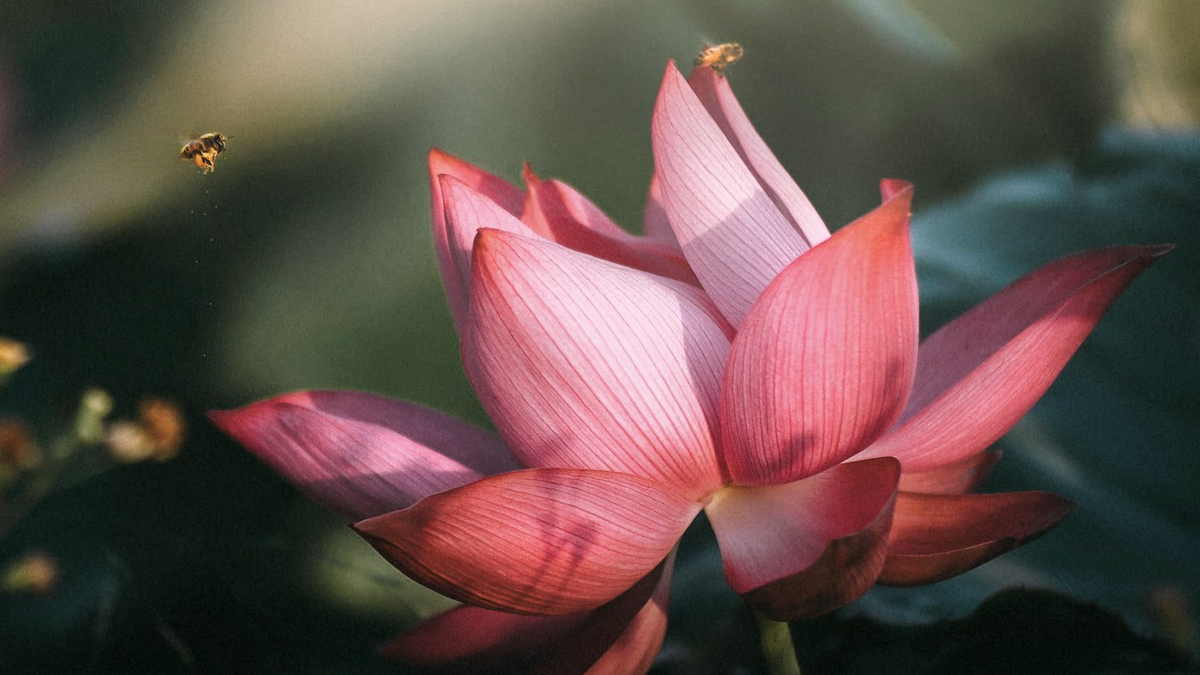







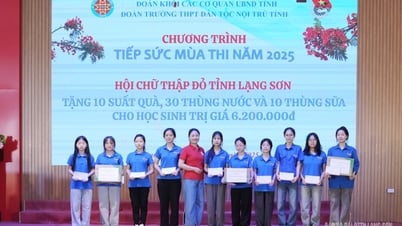

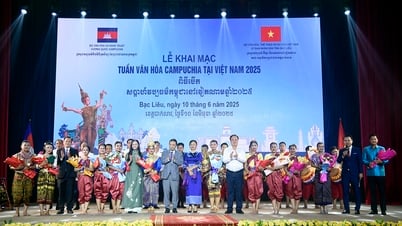



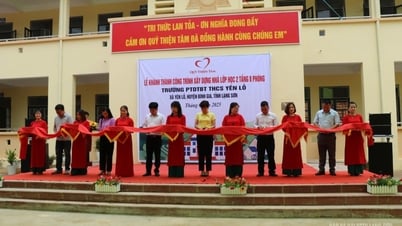




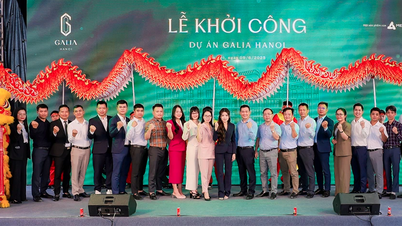

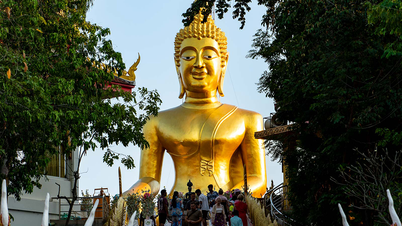
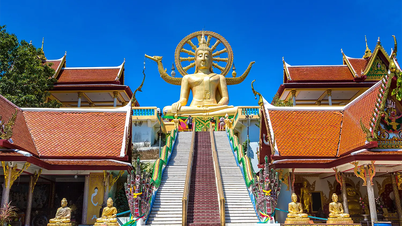

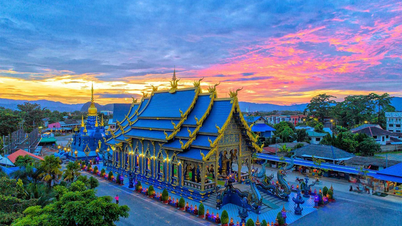


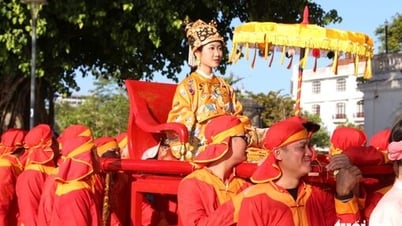

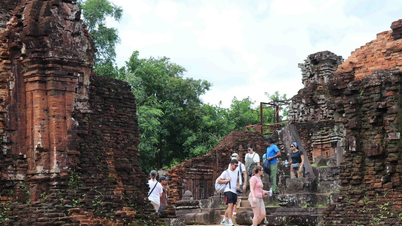





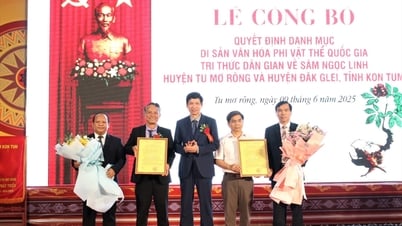

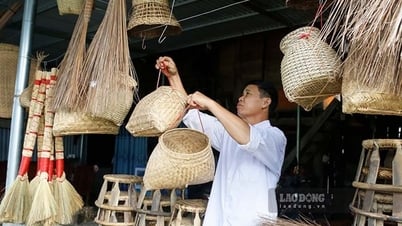



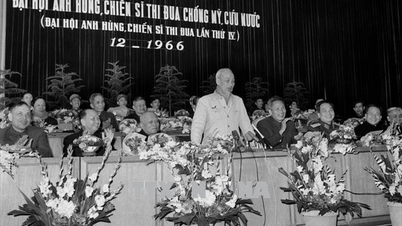

























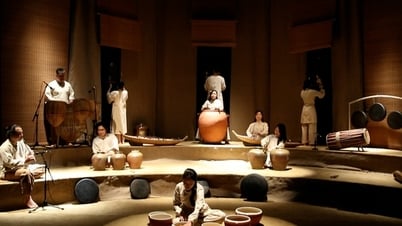





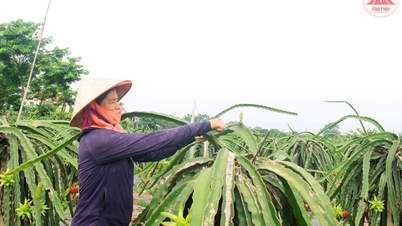


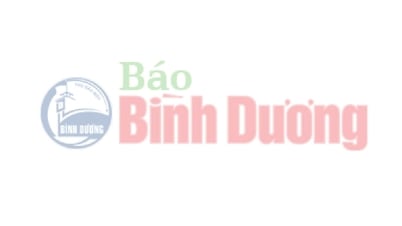

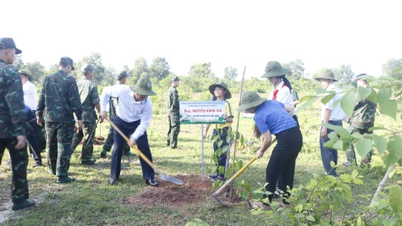

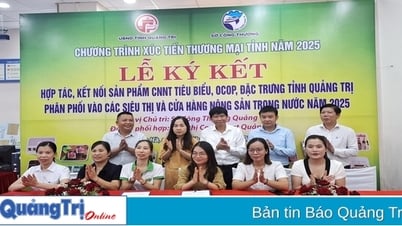

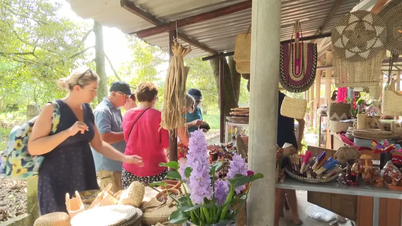



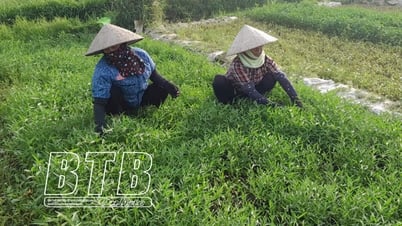





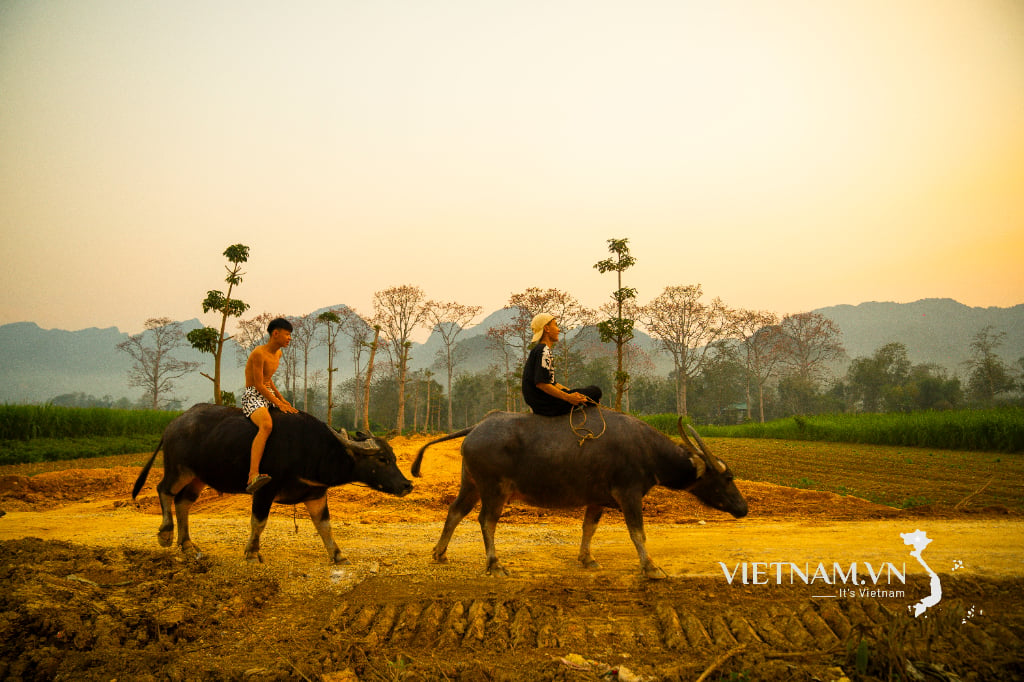

Comment (0)